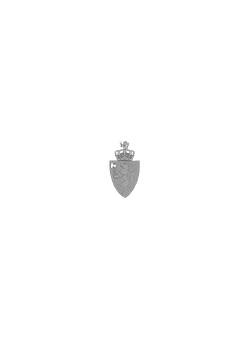
Easy-to-Learn
"Talk sometimes in a foreign language, not to forget how bad you know it."
- Boleslav Paszkowski
Languages
Germanic Languages
(Nederlands)
Dutch is a West Germanic language that is spoken in the European Union by about 23 million people as a first language—including most of the population of the Netherlands and about sixty percent of that of Belgium—and by another 5 million as a second language. Dutch is one of the closest relatives of both German and English and is said to be roughly in between them
The group of Germanic languages includes some 58 languages and dialects that originated in Europe, the list of which can be found here.
Germanic languages are spoken by about 470 million people in many parts of the world, but chiefly in Europe and the Western Hemisphere.
All the modern Germanic languages are closely related; moreover, they become progressively closer grammatically and lexically when traced back to the earliest records. This suggests that they all derive from a still earlier common ancestor, which is traditionally referred to as Proto-Germanic and which is believed to have broken from the other Indo-European languages before 500 BC Although no writing in Proto-Germanic has survived, the language has been substantially reconstructed by using the oldest records that exist of the Germanic tongue.
(Dansk)
Danish language, member of the North Germanic, or Scandinavian, group of the Germanic subfamily of the Indo-European family of languages. The official language of Denmark, it is spoken by over 5 million people, most of whom live in Denmark; however, there are some Danish speakers in Greenland, the Faeroe Islands, Iceland, and the United States.
(Norsk)
Norwegian is a North Germanic language spoken mainly in Norway, where it is the official language. Along with Swedish and Danish, Norwegian forms a continuum of more or less mutually intelligible local and regional variants. there are two official forms of written Norwegian – Bokmål (literally "book tongue") and Nynorsk (literally "new Norwegian").
(Deutsch)
German is a West Germanic language that derives most of its vocabulary from the Germanic branch of the Indo-European language family. Some German words are derived from Latin, Greek, English and French. German is the first language of about 95 million people worldwide and the most widely spoken native language in the European Union.

(Svenska)
Swedish is spoken natively by about 9 million people predominantly in Sweden and parts of Finland, where it has equal legal standing with Finnish. It is largely mutually intelligible with Norwegian and Danish. Along with the other North Germanic languages, Swedish is a descendant of Old Norse, the common language of the Germanic peoples living in Scandinavia during the Viking Era.




